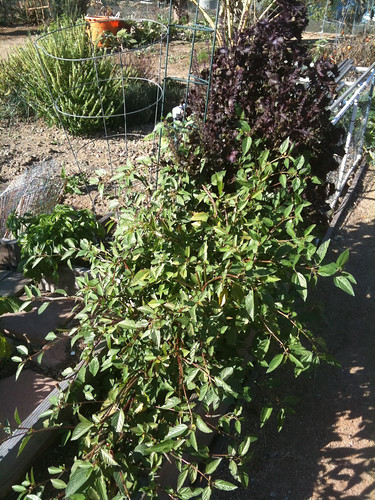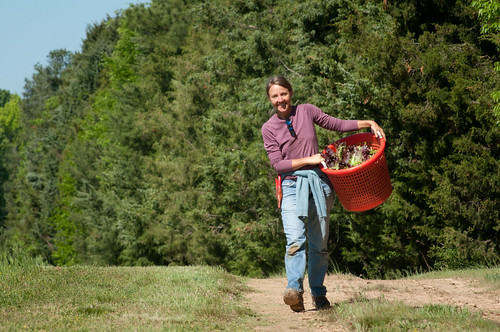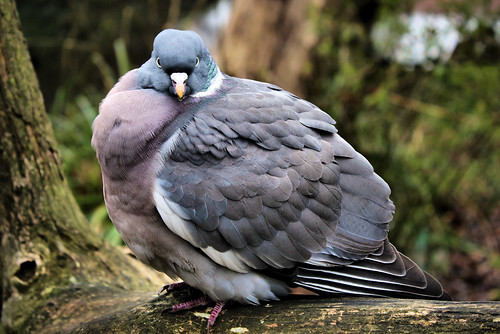Organic gardening is capable of not only bringing about relaxation, or a very relaxing hobby. The following advice will help you to become a savy organic garden successfully.
Use both annuals and biennials to enliven your flower beds. You can also use these flowers to fill any spaces between shrubs or perennials. Notable biennials and annuals include marigold, rudbeckia, hollyhock, petunia, marigold and sunflower.
Do not cut your lawn too short. If you allow your grass to grow a little longer, the roots grow further into the ground, greener lawn. Short grass is more prone to getting dried out and dead grass.
If you’re going to grow peas, start them inside rather then planting them outdoors. The seeds will have a better in your home if planted there first. The seedling may also be hardier, which means they can resist pests and diseases better. You could transplant the seedlings outdoors once they are sturdy enough.
American Holly
You may want to think about having evergreens that yield berries in your garden. Some examples of evergreens that produce berries and color in the wintertime are the American Holly, and American Holly, Winterberry and similar plants.
Wear sunscreen, and apply sunscreen. Protecting yourself from the sun is the best way to prevent sunburns and skin cancer later in life.
Using plants which grow to the same height result in a flat and uniform looking bed.
Do not rush planting seeds. You should start by adding moisture to the soil. Seeds need to be buried as deep as three times deeper than their own size. Some seeds you do not want to bury because they need light to grow.
Have plastic bags on hand so that you can put over your horticulture shoes.
Plant Material
Your compost pile should contain green plants and dry plant materials.Green plant material consists of spent flowers, veggie and fruit waste, leaves, vegetable waste, and fruit and vegetable waste. Dried plant material, cardboard, sawdust, used wood chips and straw. Avoid using ashes, meat, diseased plants and meat-eating animal manure.
Some examples are petunias and petunias. If you’re not sure if your seeds need sunlight, try to read the package or find the answer online.
Fill the jar with beer within one inch lower than the jar’s top. Slugs are attracted to the beer and won’t be able to exit the jar.
You may be able to skip watering for an entire day if rain is on the way.
One thing that is organic is that commercial pesticides are not used. While organic foods are healthy for your family, you will want to be sure to check even more for bugs and other pests.
When buying tomato seedlings, keep an eye on lush green starts with root systems that are bad. These starts will stick to the seedlings for quite some time, inhibiting their growth.
Botanical Insecticides
Research local botanical insecticides that can help keep any pest population down. These natural insecticides can often be more effective than their chemically engineered counterparts. However, botanical insecticides may not last as long because of their biological makeups, botanical insecticides often have very fast decay periods and disappear rapidly.
Think about what you can use while getting ready to garden. Try using natural alternatives instead of the usual chemical fertilizers. Compost is a popular type of what to use.
This will be organic gardening made easier! Plan your landscaping with primarily native grasses, flowers, and grasses. If you find plants that work with your specific type of soil and climate, the need for having to purchase fertilizers and pesticides could be eliminated. Native plants will also reap the benefits of compost made compost.
As this article has demonstrated, organic horticulture is more complex than some may think. You may have to put in a fair amount of effort, but at the end of the day you will have a wonderful garden. Follow the tips and you can increase your horticulture skills.









